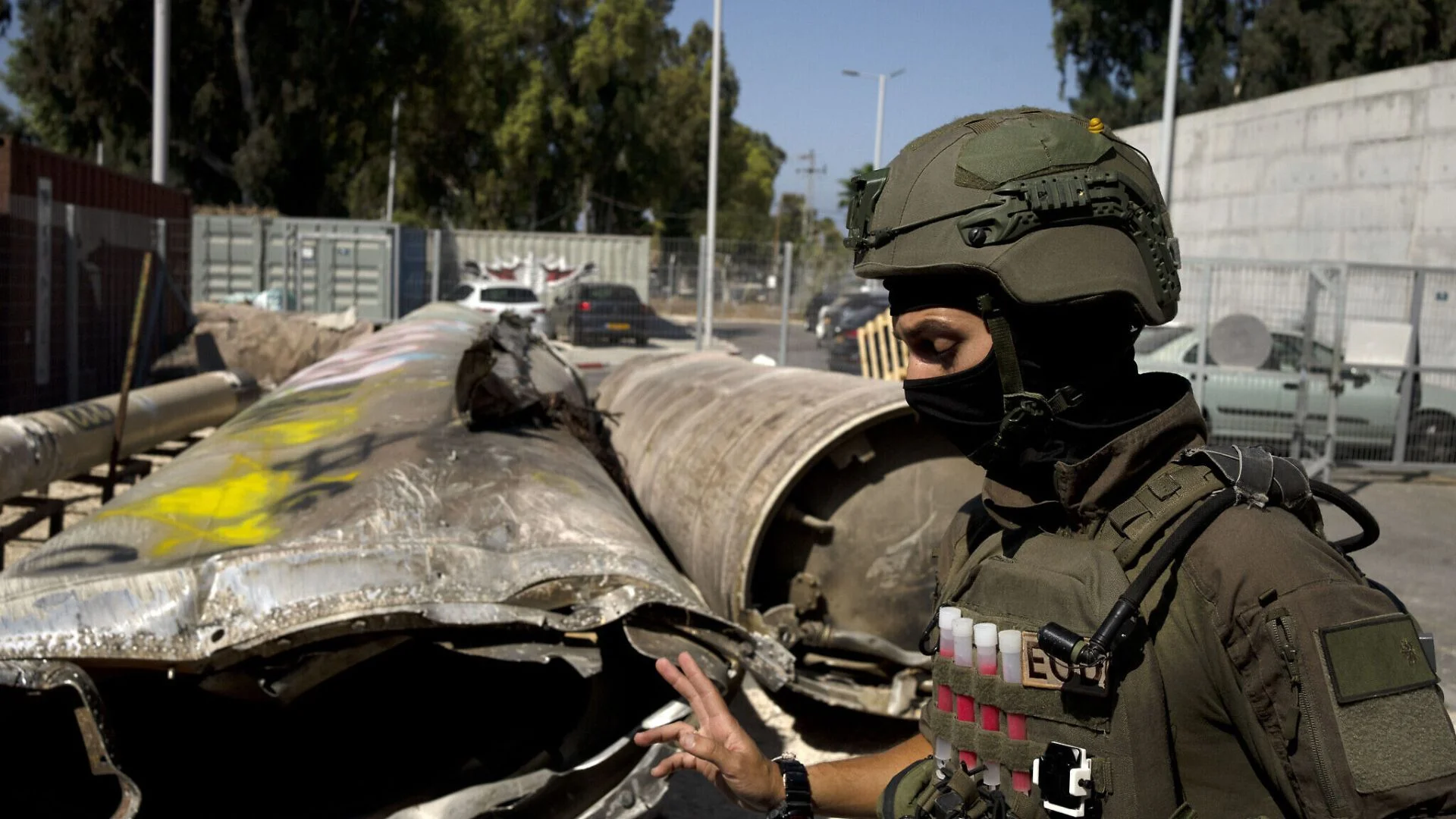
In response to an Iranian missile strike earlier this month, Israel launched extensive airstrikes targeting strategic defense sites across Iran. According to US officials, these strikes have left Iran with limited air defense capabilities, as reported by Fox News. Amos Hochstein, the US President’s Middle East envoy, remarked in a briefing that “Iran is essentially naked right now with no air defenses.”
The Israeli airstrikes, reportedly involving around 100 aircraft, targeted 23 key locations, including missile sites, missile and drone production facilities, and radar systems. While Israel avoided nuclear and oil infrastructure, it struck all three remaining Russian-made S-300 missile batteries, essential to Iran’s air defense, following the destruction of a fourth battery during airstrikes in April, according to The Wall Street Journal.
Fox’s Chief National Security Correspondent Jennifer Griffin highlighted that Israel’s efforts to dismantle Iran’s radar systems in addition to missile sites were aimed at hindering Iran’s capacity for further ballistic missile attacks. “The combined removal impacts Iran’s ability to fire more ballistic missiles in the near future,” Griffin reported, citing a senior Israeli official who confirmed that the majority of Iran’s air defenses had been neutralized.
Analysis of the strike damage suggests the outcome was more successful than Israel anticipated. Griffin emphasized that these S-300 batteries were strategically located near Iran’s nuclear sites. Though Israel refrained from targeting nuclear facilities, the strike serves as a warning that such sites remain within reach. Griffin further noted that the airstrikes were planned with input from the White House and the Pentagon, with the goal of degrading Iran’s missile capabilities and signaling Israel’s defensive stance.















